Hydroponics Cost
scythedante
13 years ago
Related Stories
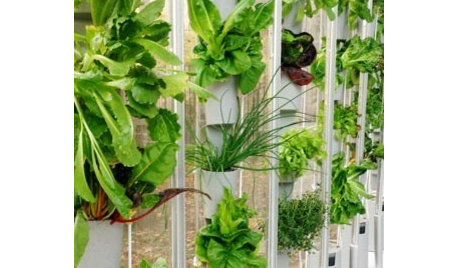
PRODUCT PICKSGuest Picks: High-Tech Plant Helpers
Hydroponics, monitoring systems, even an electric pollinator ... these gadgets and services keep your greenery growing strong
Full Story
FARM YOUR YARDHow to Grow Vegetables in Containers
Get glorious vegetables and fruits on your patio with a pro’s guidance — including his personal recipe for potting mix
Full Story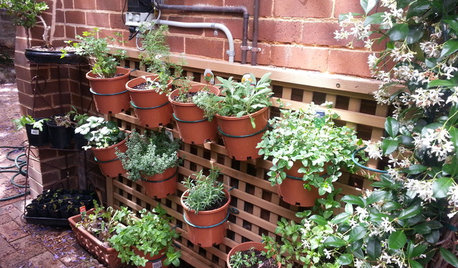
FARM YOUR YARD14 Crazy Places to Grow Edibles
Some Houzzers may lack ground for gardening, but they’re never short on imagination
Full Story
EVENTSOn Show: Weird, Wondrous Science Meets Design
Houses grown, not built. Power-generating soil. And snail poop that ... well, see for yourself in our coverage of a new Rotterdam exhibit
Full Story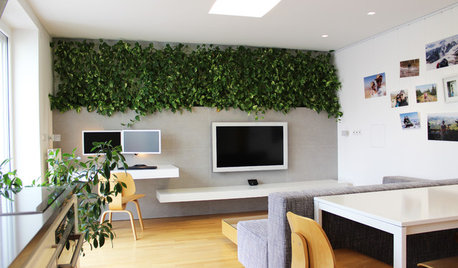
HOUZZ TOURSMy Houzz: LEDs and a Living Wall Color a Minimalist Slovakian Home
Thanks to a modern overhaul, this small Central European apartment is now a testament to efficiency and thoughtful design
Full Story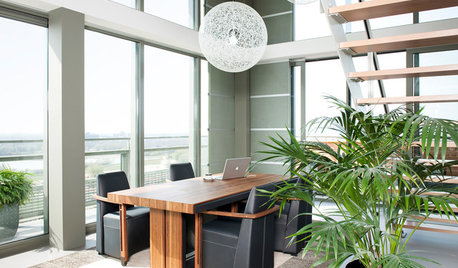
HOUSEPLANTSMeet a Palm That's Fine With Fluorescent Light
Get the look of the tropics without the full-on sun and high humidity — parlor palm tolerates regular indoor conditions with aplomb
Full Story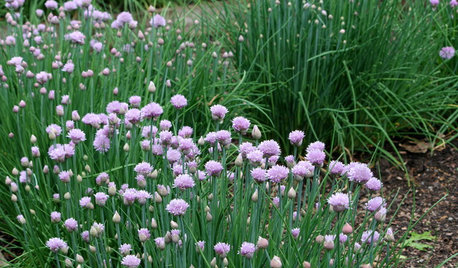
HERBSHerb Garden Essentials: How to Grow Chives
This decorative and delicately flavored herb from the onion family is easy to grow indoors and out
Full Story
GARDENING GUIDESLush, Foodie Abundance in a Small Urban Garden
This modest backyard garden provides its owner with fruit and vegetables all year round, thanks to an innovative low-maintenance approach
Full Story
GARDENING GUIDESWhat Are Your Spring Gardening Plans?
Tearing out the lawn? Planting edibles? Starting from scratch? Tell us what you plan to change in your garden this year
Full Story
HOUSEPLANTS8 Essentials for Healthy Indoor Plants
Houseplants add so much to our homes — and can thrive when grown in the right conditions. Keep these tips in mind
Full StoryMore Discussions







grizzman
joe.jr317
Related Professionals
Benbrook Landscape Architects & Landscape Designers · Eden Prairie Landscape Architects & Landscape Designers · Signal Hill Landscape Architects & Landscape Designers · Roxbury Crossing Landscape Architects & Landscape Designers · Bloomington Landscape Contractors · Blue Springs Landscape Contractors · Canyon Lake Landscape Contractors · Columbine Landscape Contractors · Fort Payne Landscape Contractors · Indio Landscape Contractors · Lehigh Acres Landscape Contractors · Milton Landscape Contractors · Pacifica Landscape Contractors · Tyngsboro Landscape Contractors · Baileys Crossroads Landscape Contractorswordwiz
hardclay7a
Karen Pease
homehydro
Karen Pease
homehydro
grizzman
Karen Pease
wordwiz
homehydro